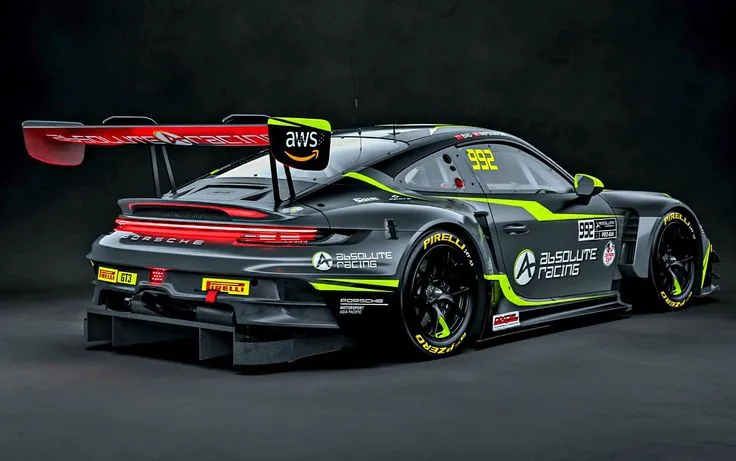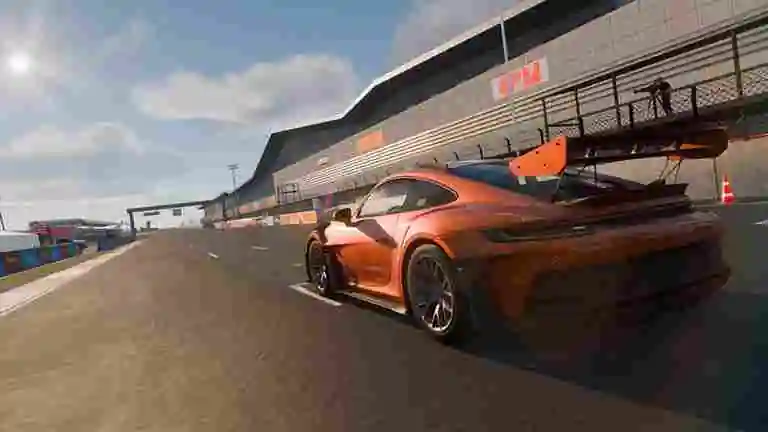How to Properly Tune or Mod Your Car in CPM 2 – Ultimate Guide for Beginners & Pros”
For car enthusiasts, tuning and upgrading a vehicle is more than just a hobby—it’s a passion. Whether working on your real-world ride or fine-tuning a virtual car in a game like Car Parking Multiplayer 2 MOD APK, understanding how modifications affect performance can make all the difference. But where do you start? How do you ensure that your upgrades are effective and don’t compromise the vehicle’s balance?
This guide will take you through the essential steps of car tuning and upgrading, helping you enhance performance, handling, and aesthetics like a true professional.
Understanding Car Tuning: The Basics
Car tuning is modifying a vehicle to improve its power, efficiency, and handling. Some people tune their cars to make them faster, while others focus on fuel economy or aesthetic appeal.
Tuning falls into two main categories:
- Performance Tuning – Enhancing engine output, acceleration, braking, and overall driving efficiency.
- Aesthetic Tuning – Upgrading the car’s bodywork, wheels, lighting, and paint for a unique look.
A professional approach requires a balance between these elements, ensuring that each modification complements the others and same in car parking multiplayer mod apk.
1. Engine Upgrades: Unlocking Hidden Power
The engine is the powerhouse of your car. To get the most out of it, you need to optimize airflow, fuel delivery, and combustion.
a) Cold Air Intake Systems
Installing a cold air intake system helps your engine take in cooler, denser air, which improves combustion and increases horsepower. This upgrade is relatively affordable and easy to install.
b) Turbochargers and Superchargers
- Turbochargers use exhaust gases to force more air into the engine, boosting power and fuel efficiency.
- Superchargers deliver instant power increases but consume more fuel.
c) Performance Exhaust System
Upgrading to a high-performance exhaust reduces back pressure, allowing gases to escape more freely. This not only improves horsepower but also gives your car a more aggressive sound.
d) ECU Remapping and Tuning
The Engine Control Unit (ECU) controls fuel injection, ignition timing, and air-fuel ratios. Remapping the ECU can unlock significant performance gains by optimizing these parameters.
2. Transmission Tuning: Smoother, More Efficient Shifting
Your car’s transmission plays a crucial role in delivering power to the wheels. Upgrading or tuning it can result in better acceleration and smoother gear shifts.
a) Upgraded Clutch System
A high-performance clutch is essential for handling increased power without slipping, especially in manual cars.
b) Short-Throw Shifters
A short-throw shifter reduces the distance between gear changes, making shifting faster and more precise.
c) Custom Gear Ratios
Adjusting your gear ratios allows you to prioritize acceleration or top speed, depending on your driving style.
3. Suspension and Handling: Improving Control and Stability
A well-tuned suspension system enhances handling, making your car more stable during cornering and high-speed driving in CPM2.
a) Lowering Springs & Coilovers
Lowering the car’s center of gravity improves stability and reduces body roll, making handling sharper.
b) Anti-Roll Bars (Sway Bars)
Anti-roll bars prevent excessive body lean when cornering, keeping the car balanced and improving grip.
c) Adjustable Dampers
Dampers control how much your suspension absorbs bumps and road imperfections. Adjustable dampers let you fine-tune your ride comfort and stiffness.
4. Brake System Upgrades: Stopping Power is Just as Important as Speed
With great power comes the need for better braking. Upgrading your brake system ensures safety and control.
a) High-Performance Brake Pads & Rotors
Performance-grade brake pads improve stopping power, while ventilated rotors help dissipate heat, reducing brake fade.
b) Big Brake Kits
For high-speed driving, larger brake calipers and rotors provide better braking efficiency.
c) Brake Balance Adjustment
Tuning your brake bias ensures even braking between the front and rear wheels, preventing skidding.
5. Weight Reduction: The Secret to a Faster Car
A lighter car accelerates faster, brakes better, and consumes less fuel. Reducing unnecessary weight can significantly improve performance.
a) Removing Excess Weight
Stripping out rear seats, spare tires, and other non-essential components can improve your car’s power-to-weight ratio.
b) Lightweight Materials
Using carbon fiber panels, aluminum wheels, and lightweight batteries helps reduce overall weight while maintaining strength.
6. Aerodynamics: Cutting Through the Air
Aerodynamic enhancements reduce drag and improve high-speed stability.
a) Installing a Rear Spoiler
A spoiler increases downforce, improving traction and preventing the car from lifting at high speeds.
b) Adding a Front Splitter and Diffuser
These modifications help direct airflow efficiently, reducing turbulence and increasing stability.
c) Side Skirts
Side skirts reduce the amount of air flowing underneath the car, minimizing drag.
7. Testing and Fine-Tuning: The Final Step
Once your car is tuned and upgraded, it’s time to test and refine the modifications.
a) Track Testing
Taking your car to a track allows you to measure performance improvements in a controlled environment.
b) Data Analysis
Using telemetry tools, you can monitor acceleration, braking, and handling data to fine-tune settings further.
c) Making Adjustments
Based on test results, you can tweak your suspension settings, tire pressure, and ECU tuning to achieve optimal performance.
FAQs
Conclusion
To sum up the discussion we can say that, Tuning and upgrading your car is a meticulous process that requires planning, patience, and knowledge. Whether you’re looking to enhance speed, improve handling, or achieve a unique look, the right modifications can transform your car into a high-performance machine. The key is balance—ensuring that each upgrade complements the others. This article is written after self-implementation, I have used all these tricks and all work perfectly so do not worry.
By following this guide, you can confidently modify your vehicle like a pro, unlocking its full potential on the road or track. Happy tuning!






